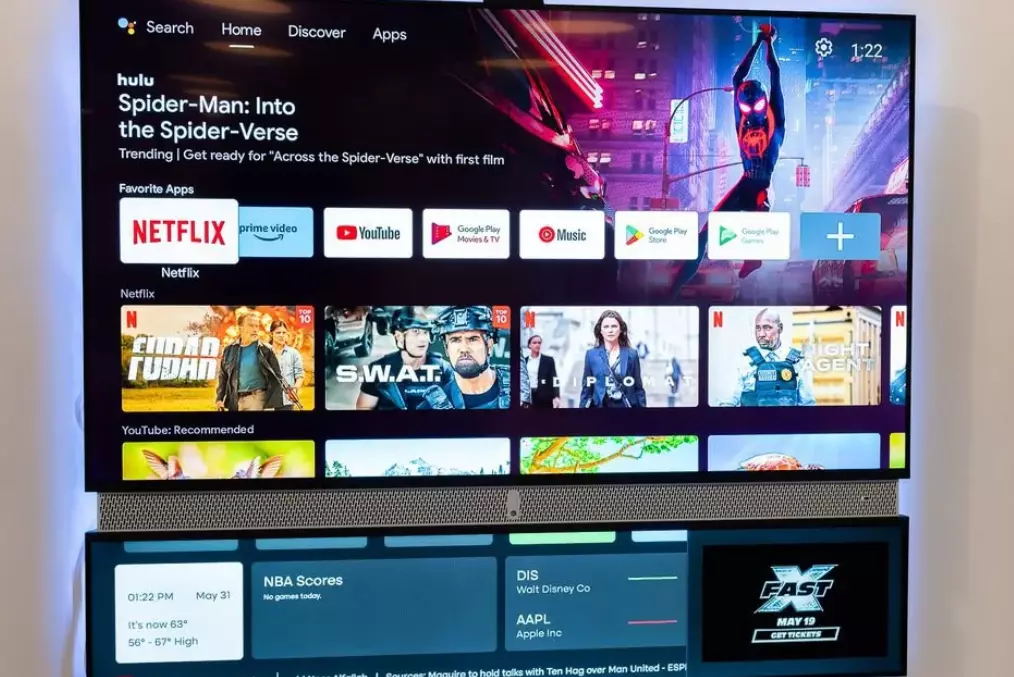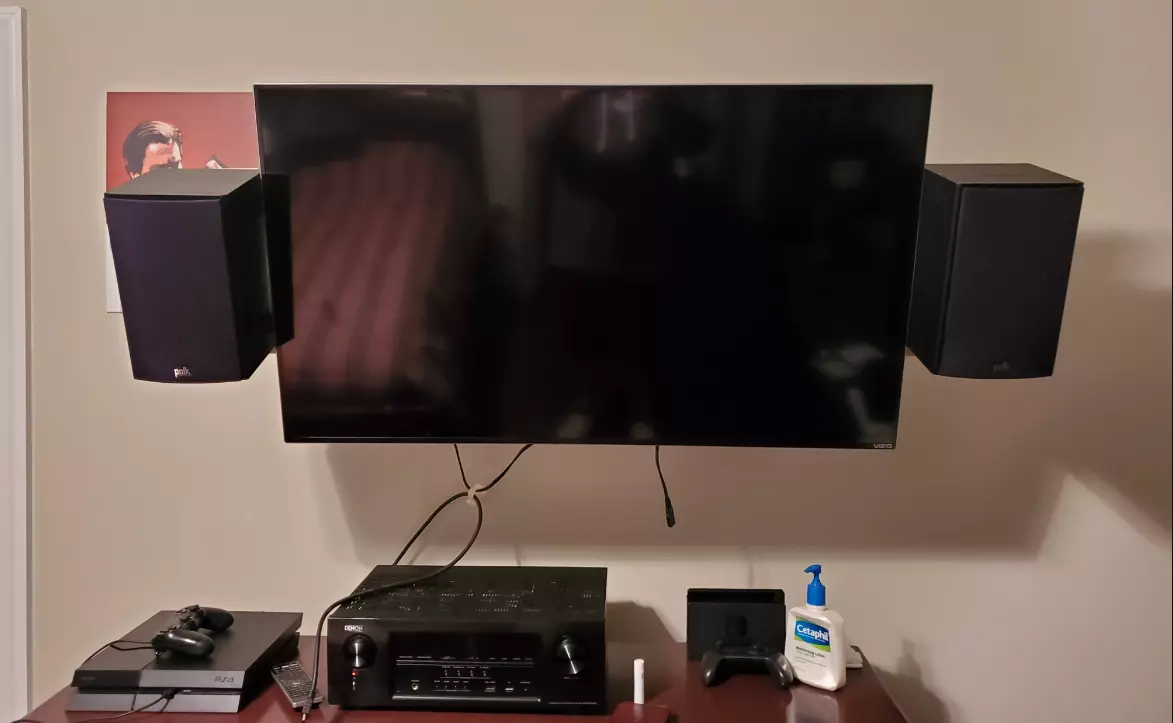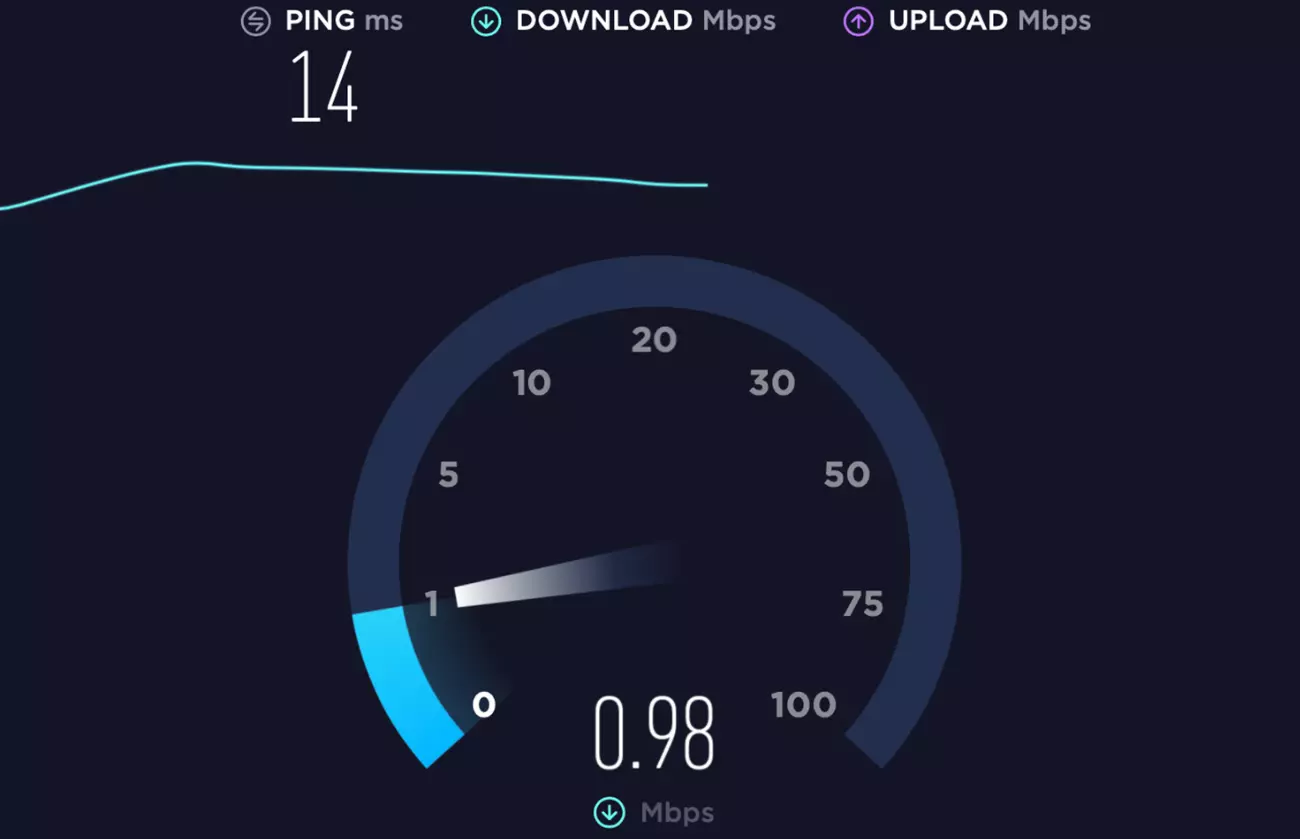As per a report from Statista, there are 123.8 million households in the United States with a TV for the 2022-2023 TV season.
That’s absolutely a lot!
But among them, around 30% of users don’t know exactly how a smart TV works!
Maybe you’re one of them too! (Of course, It doesn’t matter)
However, it’s really important to know how it works, what features it has or do you know all of its capabilities and functions?
If not, this guide is here to help you!
What Is a Smart TV?

A smart TV, also called a connected TV (CTV), is like a regular TV, but it can connect to the internet and do more cool stuff.
With a smart TV, you can watch online videos, listen to music, surf the web, and look at pictures.
Smart TVs are a blend of computers, TVs, and devices that play digital media.
Most smart TVs offer a selection of content in their built-in app store, allowing you to easily download the content that interests you the most.
Features of a Smart TV

Smart TV is just like a mobile phone!
You can do all the same things on your TV that you do with your mobile phone.
This includes watching movies, playing games, browsing the internet, and even calling your friends.
Here are some cool things you can do with a Smart TV:
- Access online content like streaming services, web browsing, and social media.
- Download and install apps from an app store, just like you do on your phone.
- Connect to other devices like smartphones, tablets, and laptops using Wi-Fi, Bluetooth, or HDMI.
- Control your TV with your voice, gestures, or a remote.
- Update the software automatically or manually.
- Customize the settings to match your preferences.
Smart TVs also have a special toolkit for software development, so third-party developers can create apps for them.
There’s also an app store where you can easily add or remove apps.
This toolkit lets developers create apps that work on any Smart TV, no matter who made it.
How Does a Smart TV Get on The Internet?

Smart TVs are smart mainly because they can go online!
Without internet, they’re dumb.
But how does it actually happen? How does a TV connect to the internet?
Well, there are two main ways:
- With wires.
- And without wires.
When the very first smart TVs came out in 2007, they used a cable called an ethernet cable to connect to the internet.
Even though using wires might seem old-fashioned, it’s usually the most dependable way to connect your smart TV to the internet.
Usually, wired connections are faster and have less delay than wireless ones. But they do have some limits, like how far the cable can reach, how many ports are available, and where your router or modem is.
On the other hand, in the early 2010s, TV makers began improving TV screens and functionality by adding a built-in Wi-Fi feature, which is a big step forward.
Wireless connections are usually easier and more flexible than wired ones.
You don’t need any cables to connect; instead, it sends data through the air using things like Wi-Fi or Bluetooth.
Internet Speed And Bandwidth Requirements

Internet speed plays a crucial role in the functionality of a smart TV.
If your internet speed falls below the necessary threshold, you won’t get the actual advantage of it.
However, it varies depending on your intended use. Different online activities require varying levels of data and speed.
For example, streaming video requires more data and speed than browsing the web. The quality of the video may also affect the data and speed requirements.
Here is a general guideline:
| Activity | Download Speed (Mbps) | Upload Speed (Mbps) |
|---|---|---|
| Web Browsing | 1 | 0.5 |
| Social Media | 3 | 1 |
| Music Streaming | 5 | 1 |
| HD Video Streaming | 10 | 5 |
| 4K Video Streaming | 25 | 15 |
| Gaming | 15 | 5 |
Disadvantages of a Smart TV
Just like anything else, there are good and bad sides to it. It really depends on how people use it!
One downside is that a smart TV is usually more expensive than a regular TV. You have to pay more when you buy it, and there are additional costs like subscription fees for some streaming services or apps.
Plus, if you watch a lot of high-quality content, it might increase your internet bill.
Another issue is the security risk it carries.
Smart TVs can collect and keep your personal information, like what you watch, your preferences, and search history.
They might use this data for targeted ads or other purposes. Some high-end TVs even have cameras, microphones, and facial recognition, which could be hacked or used for spying.
In our previous article, we explained in detail what smart TVs can do without your knowledge and how to protect yourself from these security risks.
You can read that article by clicking on this link.
F.A.Q.s
Q: What operating system do Smart TVs use?
Smart TVs use various operating systems, such as Android TV, webOS, Tizen, and Roku OS, depending on the manufacturer.
These operating systems enable the TV to run apps and provide a user-friendly interface.
Q: How do Smart TVs stream content from services like Netflix and YouTube?
Smart TVs have pre-installed apps for popular streaming services.
You can access these apps, log in to your accounts, and start streaming content over the internet. Some TVs also support screen mirroring or casting from mobile devices.
Q: Do I need a separate streaming device if I have a Smart TV?
In most cases, you don’t need a separate streaming device if you have a Smart TV.
However, some users prefer devices like Roku, Apple TV, or Amazon Fire Stick for additional features and app compatibility.

Abdul Kader, a handy guy and experienced founder of a TV repair shop in Gulshan, Dhaka, Bangladesh. He is mainly an expert in understanding and repairing different types of issues with Smart TVs and providing helpful insights on how to keep them in good working order. Read his Full Story.

